
Can we evaporate water from acidified fresh human urine to produce a solid fertiliser? Yes, we can! In our latest article in Science of the Total Environment (STOTEN), my colleagues (Anastasija Vasiljev, Dyllon Randall and Bjorn Vinneras) and I show how human urine can be treated to produce fertilisers with nutrient content similar to that of blended synthetic/mineral fertilisers sold on the market. In fact, we can produce a fully #biobased #urine #fertiliser containing more than 20% nitrogen by dosing fresh urine with organic acids and dehydrating it in ambient conditions. So dig into our article if you’re as fascinated by #urinechemistry as we are, because we also attempt to understand the factors that affect the recovery of nitrogen-containing organic compounds in urine.
Producing fertilisers from urine-derived nutrients is highly relevant in today’s context, where globally the increase in fertiliser prices is affecting food production and causing more global hunger. On the other hand, segregating urine at source and safely #recycling it also one “beyond the business as usual” approach to achieving the sustainable development goal on water and sanitation #SDG6, a goal whose targets we are in serious risk of not meeting by 2030.
We therefore hope to transfer results from our paper to exciting projects such as P2GreeN and REWAISE EU project where urine recycling systems are being piloted in real-world settings!

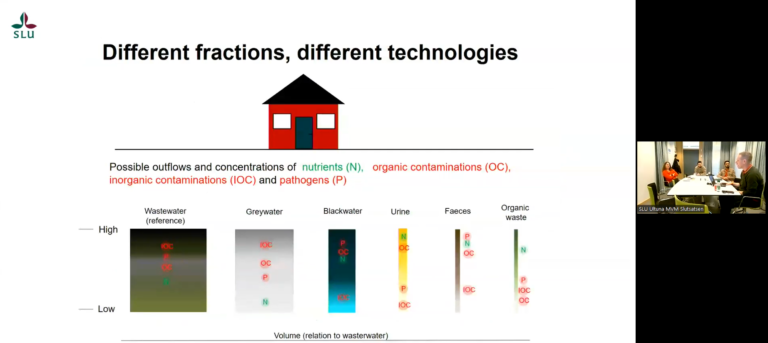
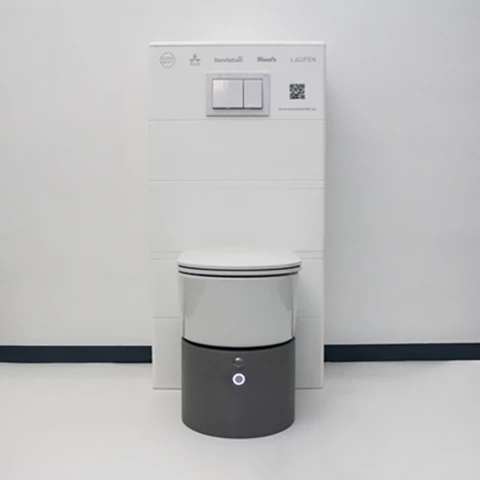
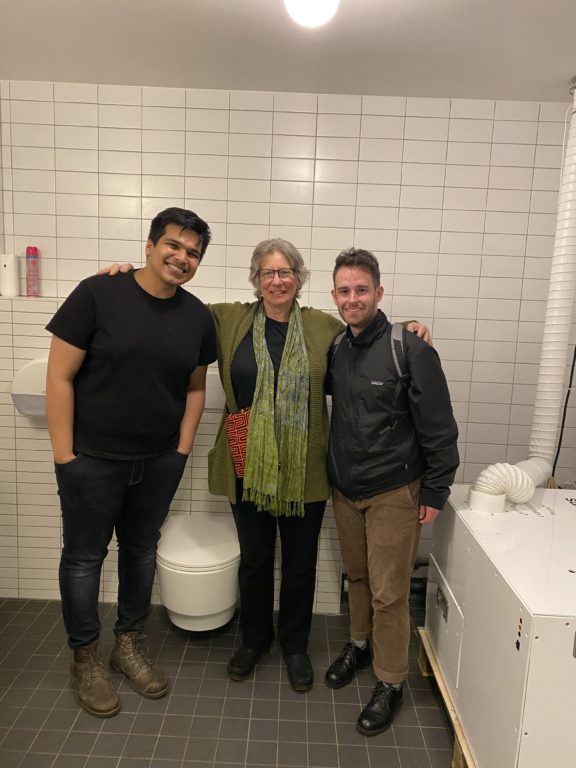

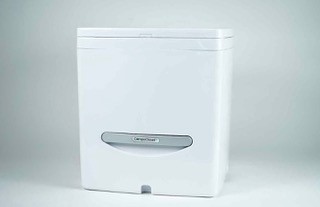
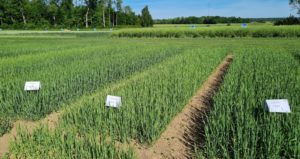 SLU has developed an innovative technology that converts human urine to high-quality solid fertiliser. On Gotland, we’ve also shown that urine can effectively fertilise barley, which can be processed further to produce beer. But there is concern about micropollutants that could be present in urine (e.g., pharmaceuticals). Through a three-year project and with funding from Stiftelsen Lantbruksforskning (Swedish farmers’ foundation for agricultural research), we aim to address this concern. First, we will do a baseline study to evaluate fate of micropollutants in the urine chain (fertiliser, barley & beer). Second, techniques will be developed to remove micropollutants so that only plant-essential nutrients are recycled back to farmland. Third, using social science methods and system dynamics modelling, support for recycling urine among food consumers will be assessed. Finally, all the evidence will be presented to stakeholders in the food industry.
SLU has developed an innovative technology that converts human urine to high-quality solid fertiliser. On Gotland, we’ve also shown that urine can effectively fertilise barley, which can be processed further to produce beer. But there is concern about micropollutants that could be present in urine (e.g., pharmaceuticals). Through a three-year project and with funding from Stiftelsen Lantbruksforskning (Swedish farmers’ foundation for agricultural research), we aim to address this concern. First, we will do a baseline study to evaluate fate of micropollutants in the urine chain (fertiliser, barley & beer). Second, techniques will be developed to remove micropollutants so that only plant-essential nutrients are recycled back to farmland. Third, using social science methods and system dynamics modelling, support for recycling urine among food consumers will be assessed. Finally, all the evidence will be presented to stakeholders in the food industry.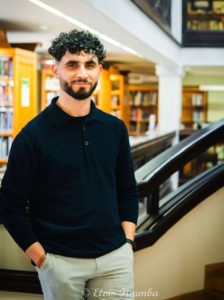
 My name is Ali Mehaidli. Prior to my arrival here, I was living in Finland, studying Environmental Engineering at Tampere University of Applied Sciences. At SLU, I will be working with the urine treatment research group. My focus will be on the fate and stability of nitrogen during urine dehydration treatment. My internship and thesis project began in January, and I will be here till early June.
My name is Ali Mehaidli. Prior to my arrival here, I was living in Finland, studying Environmental Engineering at Tampere University of Applied Sciences. At SLU, I will be working with the urine treatment research group. My focus will be on the fate and stability of nitrogen during urine dehydration treatment. My internship and thesis project began in January, and I will be here till early June.